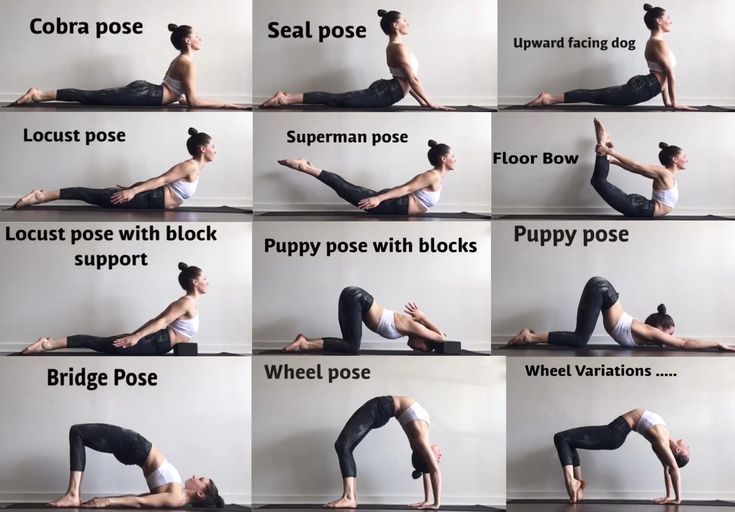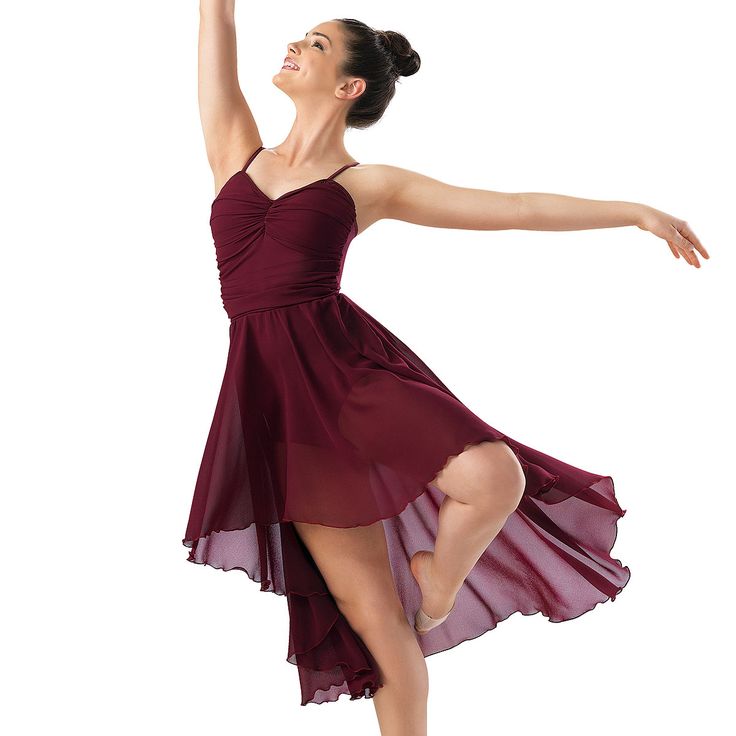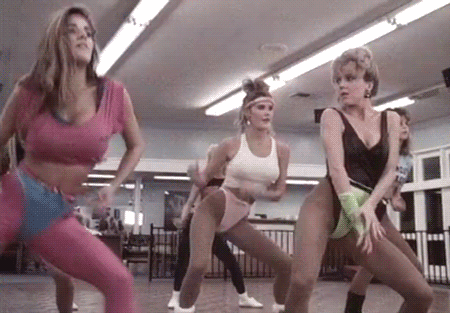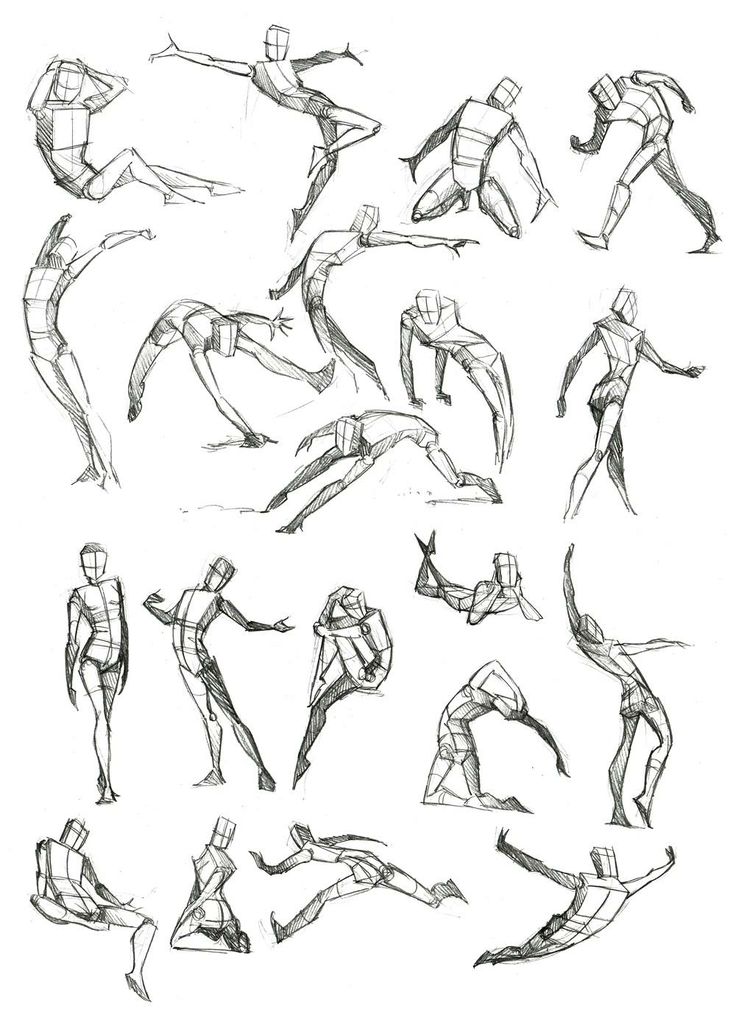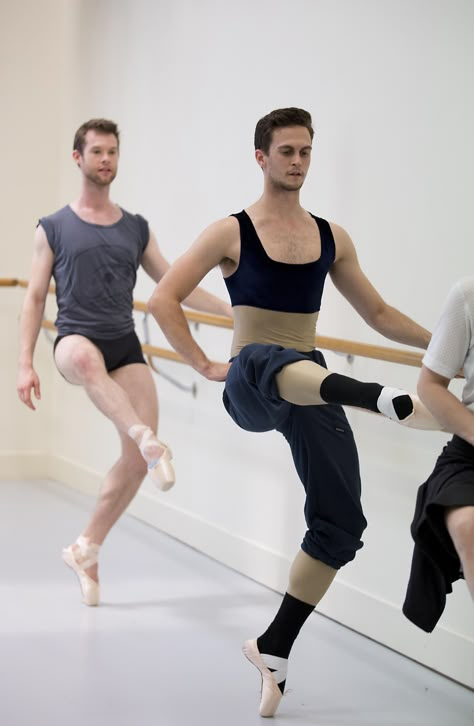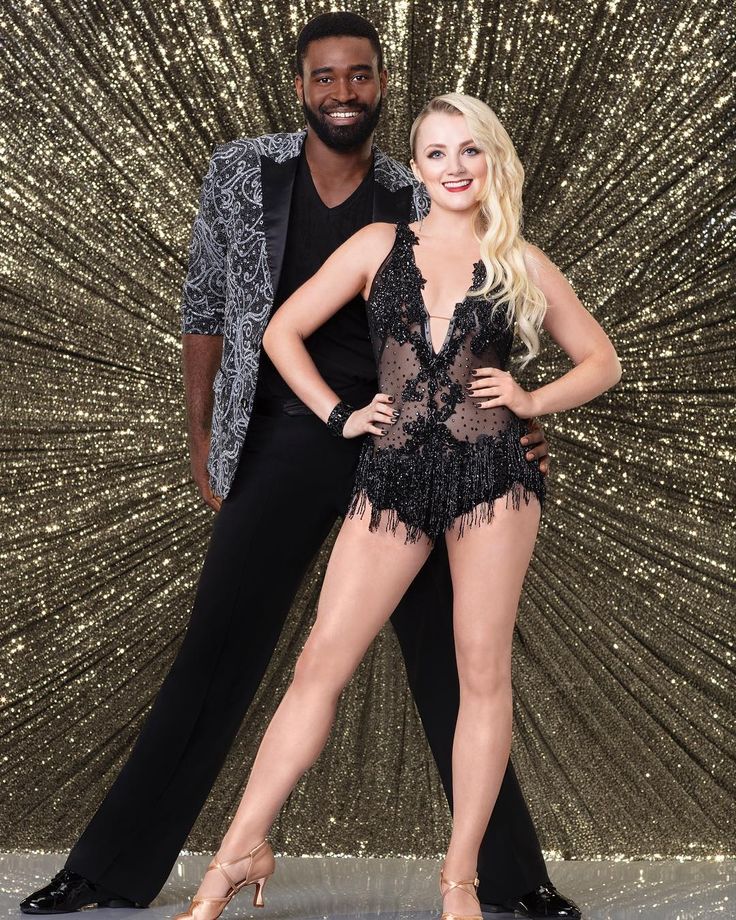How to stretch your back for dance
Improving Back Flexibility -
This week’s question is about back flexibility. Maybe you are one of those naturally flexible dancers, but for those that aren’t as flexible, progressing in this area can be frustrating – it doesn’t just happen overnight. Read below as our Panel of Dance Teachers tells us how to improve flexibility.
Reader Question
What is your best tip for improving back flexibility? Will I ever be as flexible as my super bendy friends? It’s so easy for them.
Laura:
Improving back flexibility requires consistency and patience! It’s important to remember that each dancer will have his or her own amount of natural flexibility and also that each dancer’s extension will happen at his or her own part of the spine. Cobra stretches are my go-to stretch for increasing back flexibility. Lie on your tummy with hands flat on the floor beside your shoulders. Press your hands into the floor to lift your head and shoulders off the floor into a backbend. Keep your shoulders pressed down, your hips on the floor and relax your glutes. Hold for 15-20 seconds and repeat, this time with head up to ceiling. Push back into Child’s Pose and repeat a third time, this time allowing feet and head to try to touch. End with more Child’s Pose and then flip over onto your back to bring knees to you chest and roll through your spine. A weekly schedule of consistent stretching will be very helpful, but take it slow and steady and you should see results! Good luck!
Sherise:
We were all born with our own unique body structure that is ours and ours alone. Embrace that and don’t compare yourself to others. There may be others who are naturally more flexible but there are things you can do to improve your own flexibility!
There are many stretches and exercises you can do; some are more comfortable than others, and some will work better for you than they will for others.
The bridge, also known as a back bend, is a great one to start with.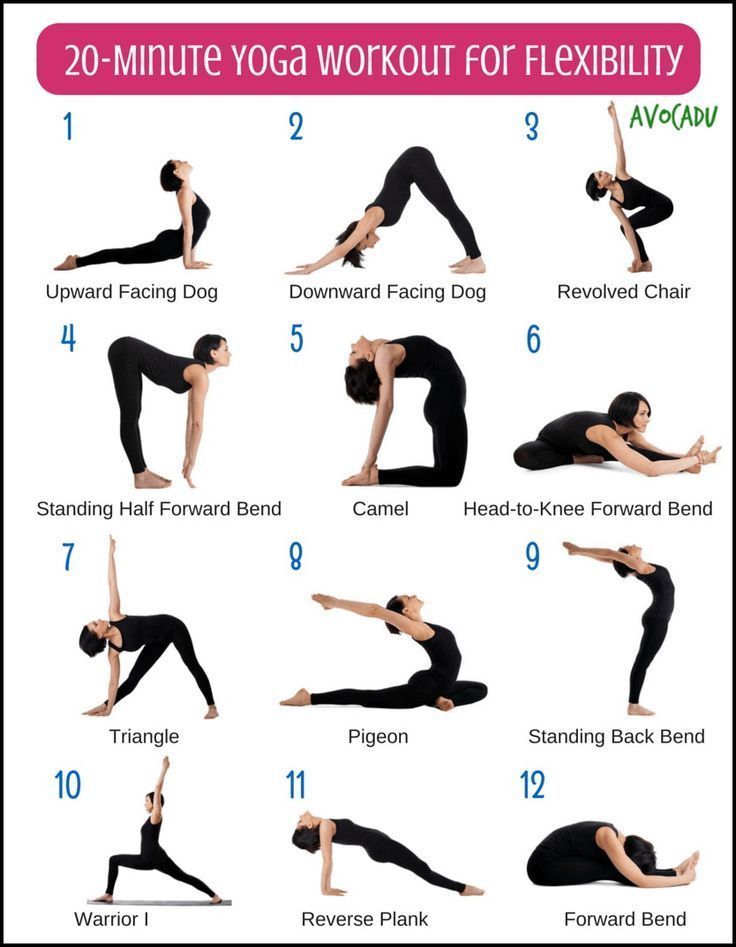 You can make this one as simple as you like. Once you have the basic bridge down you can start to walk your hands closer to your feet. You can also lift your right leg, hold 10 seconds, then repeat with the left. Another good one is one that I have heard called the Seal, The Superman, The Surfer, or in yoga The Upward-Facing Dog: lay on your stomach and use your arms to push only your upper body up, leaving your hips on the floor. Hold for 20 seconds, then repeat. You can also leave your arms at your side and use your core to lift and hold. Then finally one of the BEST things to do is Arabesques. These will help improve your overall flexibility. Make sure you are using proper breathing while stretching as well. Take your time and don’t push yourself. It’s not worth injuring your muscles.
You can make this one as simple as you like. Once you have the basic bridge down you can start to walk your hands closer to your feet. You can also lift your right leg, hold 10 seconds, then repeat with the left. Another good one is one that I have heard called the Seal, The Superman, The Surfer, or in yoga The Upward-Facing Dog: lay on your stomach and use your arms to push only your upper body up, leaving your hips on the floor. Hold for 20 seconds, then repeat. You can also leave your arms at your side and use your core to lift and hold. Then finally one of the BEST things to do is Arabesques. These will help improve your overall flexibility. Make sure you are using proper breathing while stretching as well. Take your time and don’t push yourself. It’s not worth injuring your muscles.
Temperance:
The best way I have found to increase my student’s back flexibility is with these exercises:
1. Get a partner who is close to your size/height. One person will face the wall and place their hands and forearms against it.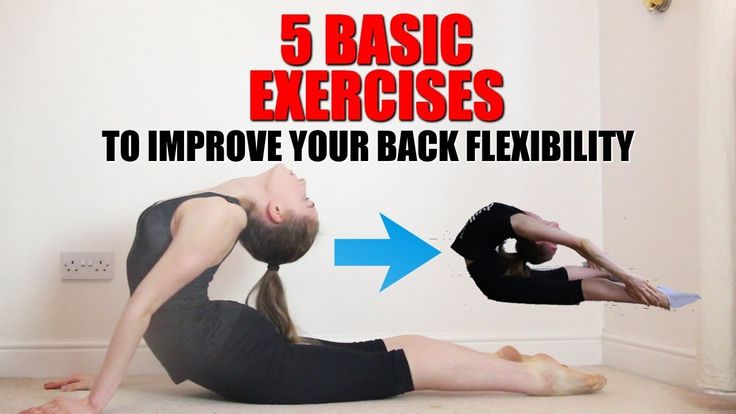 The other partner will assist in getting the leg up as high in the back as possible. Make sure that the student is mature enough to tell the partner when the stretch is good, too much, or too little and needs extra push. Obviously we all need to know the difference in a “good” hurt and a “bad” hurt. In this stretch, make sure you do not LEAN too far into the wall or bend over from the waist as that defeats the purpose of feeling the back stretch. This stretch will not only help your back/shoulder flexibility when you try to reach back and grab your leg on your own, but also help in getting your scorpion or back split/needle!
The other partner will assist in getting the leg up as high in the back as possible. Make sure that the student is mature enough to tell the partner when the stretch is good, too much, or too little and needs extra push. Obviously we all need to know the difference in a “good” hurt and a “bad” hurt. In this stretch, make sure you do not LEAN too far into the wall or bend over from the waist as that defeats the purpose of feeling the back stretch. This stretch will not only help your back/shoulder flexibility when you try to reach back and grab your leg on your own, but also help in getting your scorpion or back split/needle!
2. Again with a partner (of same size/height), have one person lay flat on their stomach. The other person will stand over them, feet on either side of their waist, and grab their hands and pull UP. The partner lying down should be in the form of a seal stretch with their arms overhead. Tell your partner less or more depending on what feels good on your body.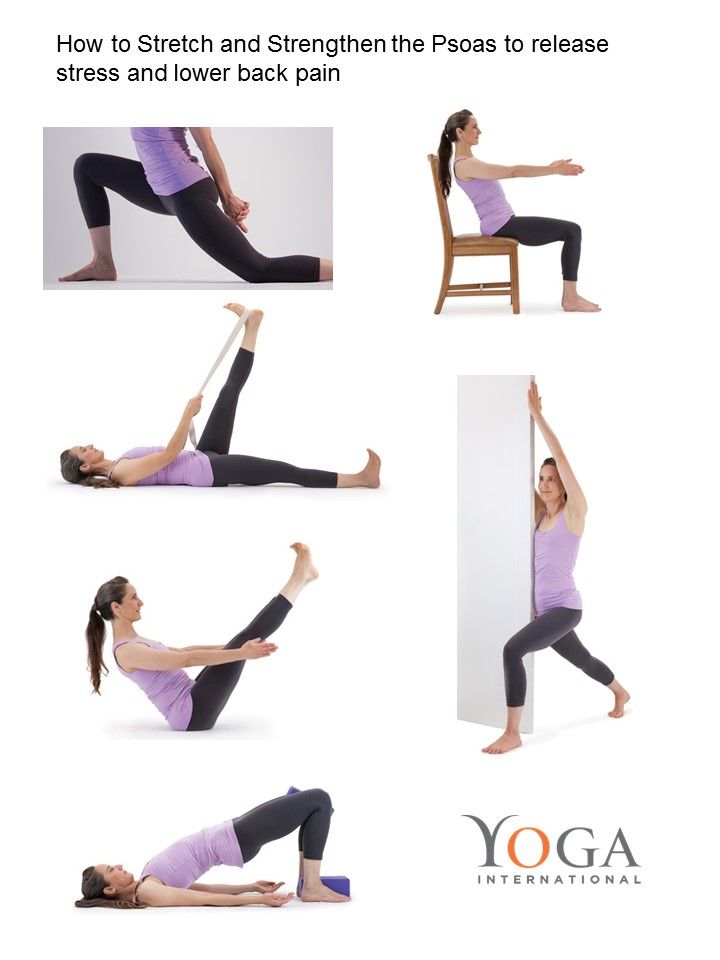
3. This goes along with the stretch above. Have the partner standing turn around and face the legs of the partner who is lying down on their stomach. The partner who is standing will bend down, grab their partner’s legs/ankles, and walk them up. The partner who is lying down should now be in the form of a chest stand while their partner is holding up their legs in the air.
4. Holding a bridge position, and then lowering their elbows to the ground.
5. Holding a bridge position and doing bridge rocks (where you stay in the bridge and simply rock front and back)
6. The seal stretch is always great. Bring the feet to the head, or as high as your feet can go.
7. Sitting in a split and leaning back as far as possible.
Note: During all of these exercises, hold for at least 1-3 counts of 8. The best way to achieve ANY type of flexibility is HOLDING the stretch! Never come out of the stretches quickly or abruptly. After all of these stretches, make sure your relax your back and bend forward so that your spine doesn’t feel “crunched”.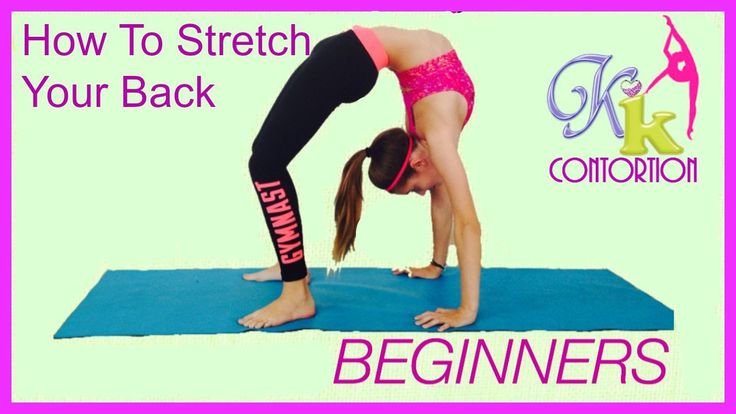 Kind of like after splits or deep stretches it feels good to “shake it out”. Same with the back!
Kind of like after splits or deep stretches it feels good to “shake it out”. Same with the back!
Meet the teachers…
Last Week’s Question…
Submit A Question
[contact-form-7 id=”62098″ title=”Contact form 1″]
How to Improve Back Flexibility for Ballet Dancers
In dance and especially in ballet, not having a flexible back is whack. Plain and simple. You’ve probably heard the phrase, “work your core” or “keep your center” from your dance teachers over and over, but where exactly is your center? It’s not just your abs!
You might have thought working out your core only meant squeezing your abs while you’re at the barre and doing some planks and crunches in center, but your core includes your back too! Any professional dancer will tell you how important it is to stretch your back. Considering all of the flexibility and strength you need to do ballet comes from your core, it might be time to give your back the love and care it deserves.
Exercises to Improve Back Flexibility for Ballet
Here are some exercises to improve back flexibility!
Warm up your back and core
First, it’s important to stretch out your back muscles before doing any type of workout.
To start, get on your hands and knees and arch and curl your back a couple times through. Then stretch out your legs flat on the ground and use your hands to push yourself up into a cobra pose. To further warm up your back muscles, lift yourself into a half cobra pose, and take your hands off of the ground. Now, do the reverse, resting your head on your hands and this time lifting your feet off the ground. Make sure the feet are pointed! This is a great exercise to help with your arabesque.
Work the upper back
Lying on the floor, just as you were for the arabesque stretch, lift your legs, with the feet pointed, and arms stretched out in front of you. Lift your arms and legs off the floor at the same time. Sweep the arms behind you and then lower back to the floor.
Repeat and feel the burn.
Leg pulses are great to help improve back flexibilityLengthen your leg to as high as you can go, but don’t force it to go higher than is comfortable and then pulse your legs! Returning to the floor with the head rested on the arms, lift your leg off the floor, feet pointed, and pulse. Repeat on the other side.
Just keep swimming
Still laying on the floor, lift both your legs and arms at the same time, really squeezing your lower back muscles, and make a swimming motion! If you get tired, just keep swimming! It’s all in the name of prettier lines.
Breathing is essential for back flexibilityTake a break with the child’s pose, stretching back onto your feet with the arms out in front of you.
Work your core for ballet flexibilityBack on your hands and knees, lengthen your left arm in front of you and right leg behind you. Now pulse both at the same time, but keep your center intact! This is to work your arabesque, so a solid core is key to a good workout and a good arabesque!
Switch sides and remember to lengthen and lift!
Arabesque for ballet back flexibiiltyNow that you’ve done some exercises to work out your back and your entire core, try doing some arabesque! Even if you don’t have a barre, you can use a chair at home.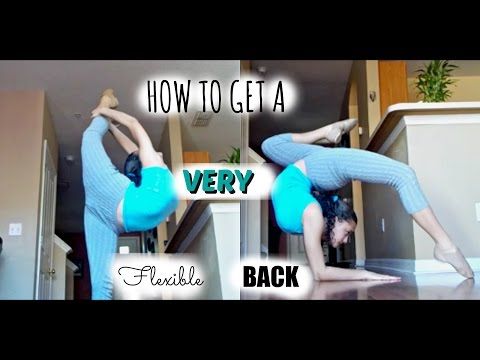 Face your barre or kitchen chair with your hips squared and toe pointed behind you, lifting up into an arabesque and then returning back to the standing leg. You can do this ten times through on each side. According to Healthline, this is a great stretch for both dancers and non-dancers, so be sure to pass it on to your non-dancer friends who want a stronger back! Take care that the supporting leg is straight and you’re not bending it in order to get the full stretch and employ your technique! If you practice with bad technique, it could end up hurting more than helping.
Face your barre or kitchen chair with your hips squared and toe pointed behind you, lifting up into an arabesque and then returning back to the standing leg. You can do this ten times through on each side. According to Healthline, this is a great stretch for both dancers and non-dancers, so be sure to pass it on to your non-dancer friends who want a stronger back! Take care that the supporting leg is straight and you’re not bending it in order to get the full stretch and employ your technique! If you practice with bad technique, it could end up hurting more than helping.
Cool down the same way you warmed up by arching and curling your back. Then finally, relax into the child’s pose once again. Practice this workout and you’ll be bending over backwards at the barre in no time!
Final Thoughts: Improve Back Flexibility for BalletIt can be hard to gain flexibility, but not impossible! Unfortunately, if it doesn’t hurt then it’s not doing the job, so it takes a little pain to stretch your back to its fullest point, but in the long run it’ll make you that much better! Push through, listen to your body, and watch yourself slowly get more and more flexible each and every day.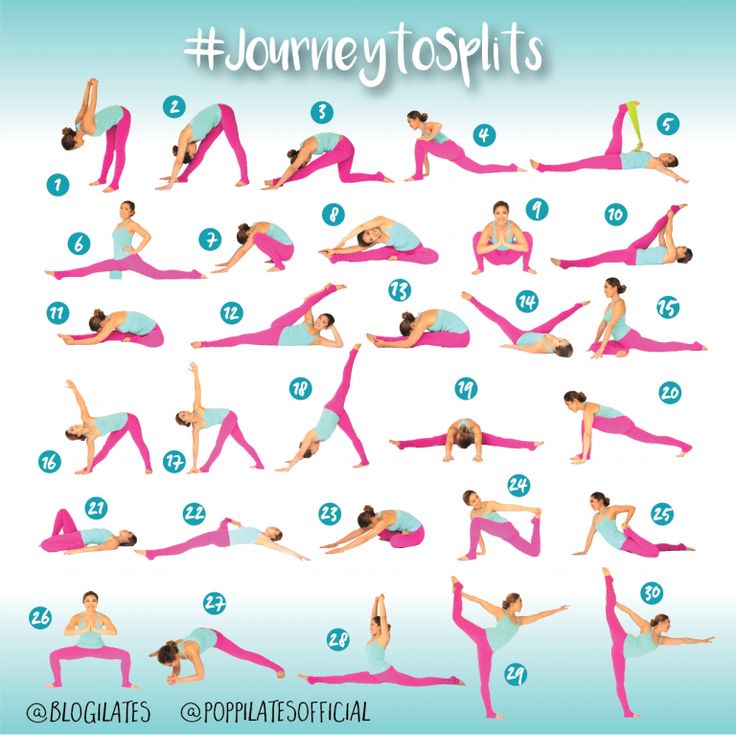
For more exercises to improve flexibility and strength at the ballet barre, click here for all of our ballet exercise articles!
Top 20 best exercises for back flexibility (with PHOTO)
Flexibility is hardly an optional condition for a beautiful athletic body. However, the ability to make a "bridge" is necessary not only for beauty, but also for health. Sufficient mobility of the spine is a guarantee that you will never be haunted by back pain, and your posture will always be royal.
Top 10 Back Flexibility Exercises (For Beginners)
If you regularly perform effective back flexibility exercises, you will get rid of tension, fatigue, muscle cramps for a long time and will not only feel good, but also look great. In addition, you will learn how to do many difficult yoga poses and be proud of yourself.
Do each exercise for 5-10 breaths or time it for 30-40 seconds. You can increase the time later.
1. Standing backbend
What is the use of : Makes the thoracic spine mobile, strengthens the deep back muscles and has a good effect on posture.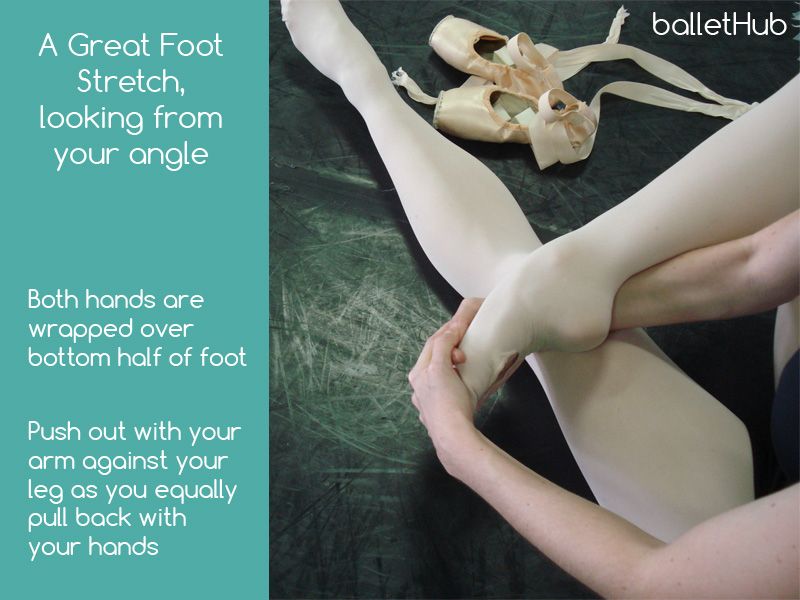
How to do : Stand straight and feel the hard floor under your feet. It is important to stand firmly on the floor, feeling it with the entire surface of the feet. Then put your hands on your waist and start tilting back, bending as much as possible in your back. Keep your balance so as not to lose balance, for this the hips can be moved forward a little.
How to simplify : Decrease the arch to a comfortable level, you can stretch your arms along the body or hold on to a chair.
2. Sphinx Pose
What are the benefits of : Develops the flexibility of the lower spine, promotes ventilation of the lungs and relieves muscle clamps.
How to do : Lie on your stomach, resting on your forearms. Raise your body without lifting your pelvis off the floor. Palms can be closed or left to lie parallel to each other. Look straight ahead without tilting your head. Feel the soft stretching from the neck to the waist.
How to make it easier : Even absolute beginners can easily do this back flexibility exercise, but if you have lower back problems, it is recommended not to lift the body high and stay in the pose for only a few seconds.
3. Backbend
Benefits of : Improves mobility of the spine in the upper section, stretches the back muscles, relieves tension and clamps in the shoulders and chest.
How to do : Lie on your stomach, resting on your hands or forearms. Then put straight arms behind your back, stretching them along the body, and lift the body. You should feel the tension in the back muscles, as well as the stretching of the chest. Try not to tilt your head back or lift your legs.
How to simplify : Backbend with palms on the floor.
4. Swimmer
Benefits of : Develops back muscles, improves spinal flexibility, strengthens legs, develops balance and coordination.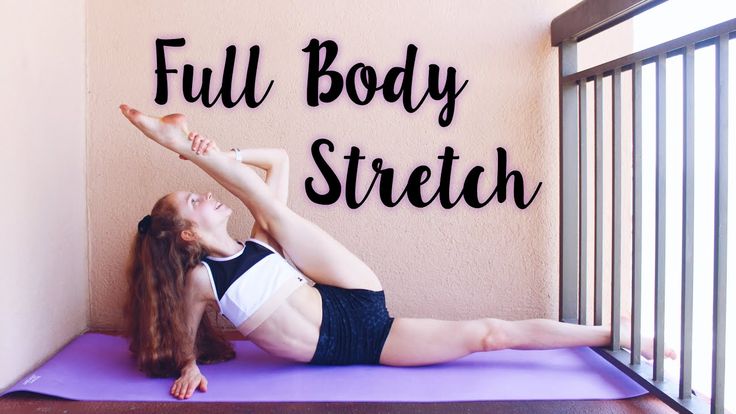
How to do : Lie on your stomach with your arms stretched out in front of you. Raise your right arm and left leg as high as possible, then switch sides. You can perform the exercise in static, lingering in a pose with raised limbs. Or perform in dynamics - alternately raise opposite arms and legs, imitating the movements of a swimmer in the water. Perform the exercise with maximum amplitude, but moving smoothly, not abruptly.
How to make it easier : Do a low back flexibility exercise or alternately lift your arms and then your legs.
5. Cat
Benefits of : Relaxes back muscles, improves spinal column mobility, helps to develop back flexibility.
How to do : Get on all fours with your hands directly under your shoulder joints and your hips under your hip bones. Then arch and arch your back, imitating a cat. When bending, lift your chin up, and when arching, lower your head down.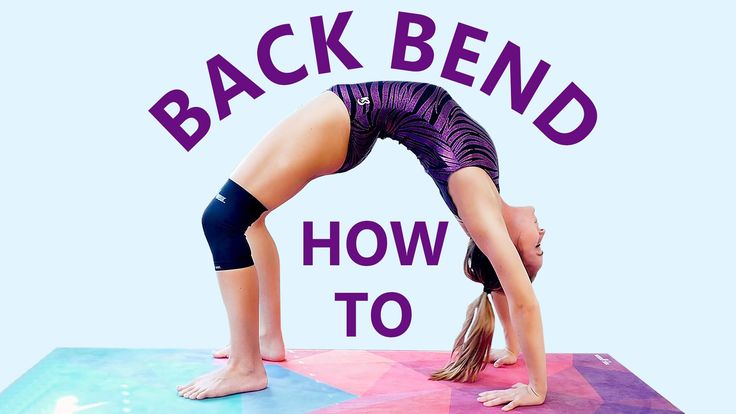 Work with maximum amplitude, but at a slow pace to prevent pain.
Work with maximum amplitude, but at a slow pace to prevent pain.
How to simplify : Reduce the amplitude and pace if you have problems with the lower back, neck or other parts of the spine.
6. All four foot grip
Benefits of : Develops balance and coordination, improves back flexibility, has a calming effect.
How to do : Get on all fours and lift one leg up without extending your knee. With the opposite hand, grab the ankle or foot of the raised leg, arching in the back. Keep your balance, to do this, transfer your body weight to the leg and arm that are on the floor. Don't forget to repeat for the other side.
How to make it easier : Do the back flexibility exercise by bending the knee but not too high off the floor. You can also use a fitness band or a towel to grab the foot.
7. Half Bridge Pose
Benefits of : Strengthens the muscles of the back, buttocks and thighs, stretches the spine, strengthens the muscles of the pelvic floor.
How to do : Lie on your back with your feet close to your pelvis by bending your knees. Raise the pelvis up, while the shoulders, neck and head lie on the floor, the feet are shoulder-width apart. Hands can be clasped around the ankles or placed along the body. Tighten the buttocks at the top and try to raise the pelvis as high as possible to develop the flexibility of the back as much as possible.
How to simplify : Support the lower back with your hands while doing the back flexibility exercise, this reduces the load on the lower back, but works the chest more.
8. Frog Stomach Pose
Benefits of : This back flexibility exercise develops spinal mobility, helps develop back flexibility and strengthens muscles. The shoulder girdle is straightened as it is performed, the stoop is eliminated.
How to do it : Take your hands back, bend your knees and grab your ankles with your palms, pulling your feet towards you.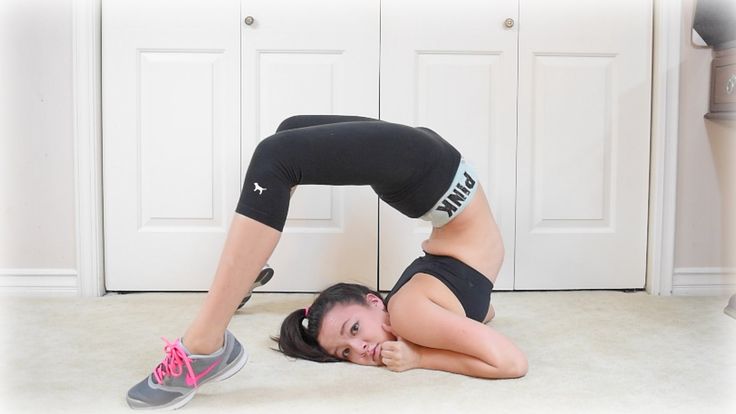 Raise the top of the body. Strengthen the arch by bringing the feet closer to the head. Try to bend not only in the lumbar, but also in the thoracic region. Since this exercise is for beginners, it is not necessary to lift your hips off the floor, they lie on the floor.
Raise the top of the body. Strengthen the arch by bringing the feet closer to the head. Try to bend not only in the lumbar, but also in the thoracic region. Since this exercise is for beginners, it is not necessary to lift your hips off the floor, they lie on the floor.
How to simplify : Grab the left foot with your right hand, opposite hand and foot on the floor. Stretch, then switch sides.
9. Stretching Puppy Pose
Benefits of : This exercise stretches the spine, helping to develop back flexibility, relaxes the shoulders and lower back, relieves fatigue from the whole body.
How to do : Get on all fours with your arms extended in front of you. Arch your back as if you are crawling under a low stick. The coccyx stretches upward, the deflection is carried out due to the thoracic region. Feel the stretch in your shoulder girdle. Stretch your back without overloading the lumbar region.
How to simplify : Simplified version performed with minimal arching, no arching of the back and arms.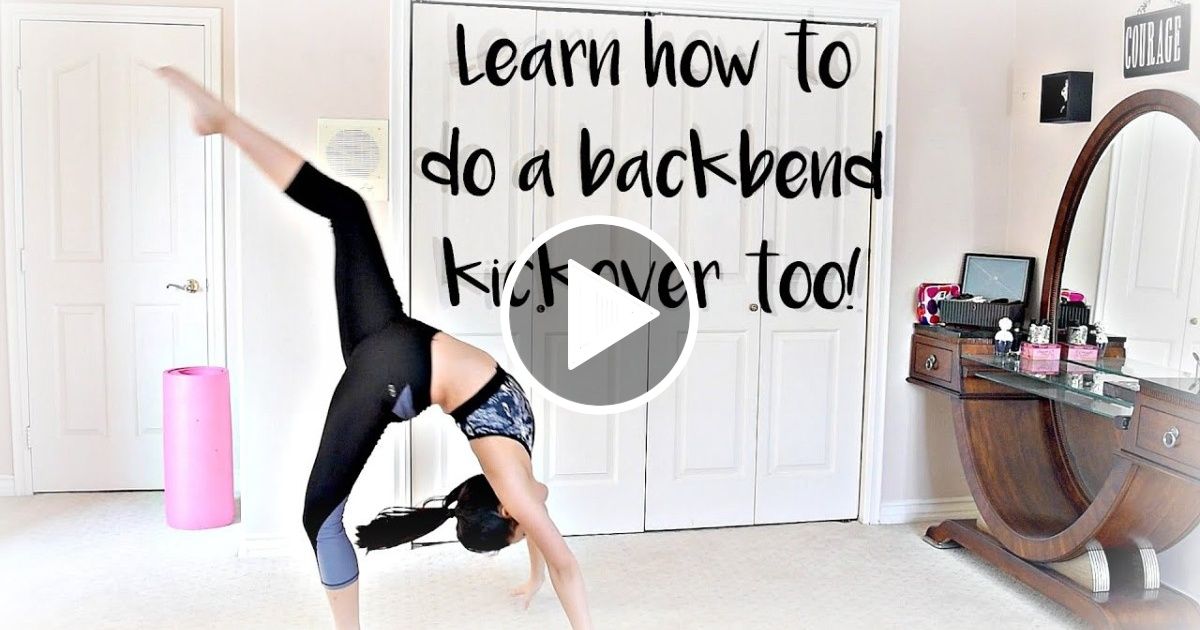
10. "Arc" lying on the back
What is the use of : This back flexibility exercise stretches the spine, improves its mobility, opens the shoulder region, and also relaxes the lower back.
How to do : Lie on your back with your hands together above your head. Put one foot on the other. Turn the body and legs to one side, the body seems to form an arc. Feel how the spine is stretched in the thoracic and lumbar regions, as well as the shoulder joints open.
How to simplify : Place your hands on both sides of the body without folding them behind your head.
Collections for stretching on the back and lower back:
- 20 Exercises for stretching back
- 10 Exercises for relaxation of the back
- 15 Exercises for stretching the top of the back and neck
TOP-10 Top-10 exercises ( for advanced)
In order to develop the flexibility of the back, it is necessary to include exercises from yoga and stretching in the training plan, which help stretch the muscles and make the spine more mobile.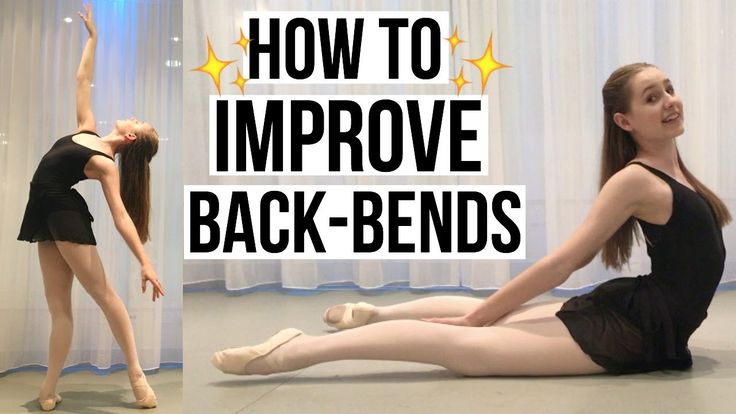 As a result, you will not only be able to do the “bridge” without any problems, but also master the position of the king cobra, bow or fish, which require good spine flexibility.
As a result, you will not only be able to do the “bridge” without any problems, but also master the position of the king cobra, bow or fish, which require good spine flexibility.
Do each exercise for 5-10 breaths, or set a timer for 30-40 seconds, you can increase the time later.
1. Upward Dog Pose
Benefits of : One of the best exercises for back flexibility. The spine is strengthened and the back muscles are stretched.
How to do : Lie on your stomach with your feet resting on your toes. While inhaling, slowly straightening your arms, raise your head and body up. Arch your back, do not throw your head back. Try to lift your stomach and hips off the floor, keeping your upper body on outstretched arms and feet. Make sure that there is no pain in the lower back.
How to simplify : Lower your hips to the floor, keep your legs down.
Variant of the pose with legs down on the floor:
2.
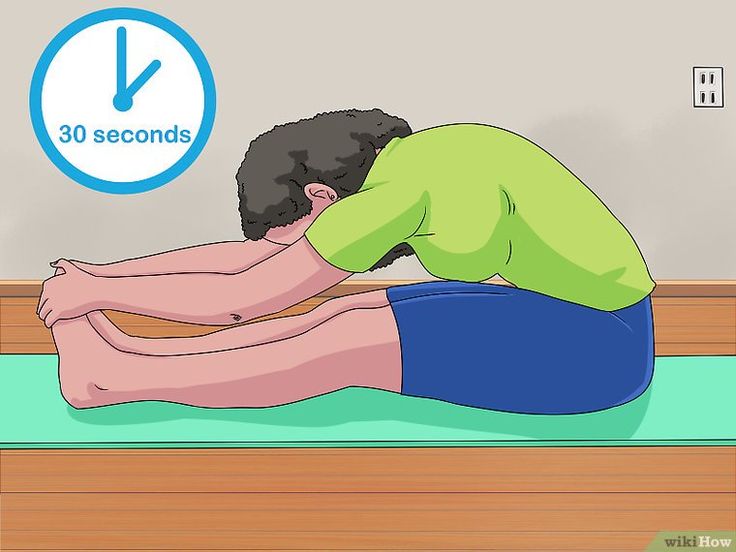 Cobra pose
Cobra pose What are the benefits of : Develops the flexibility of the lower spine, improves posture, eliminates pain in the lower back.
How to do : Lie on your stomach, rest your palms on the floor, which are set forward. Then straighten your arms, lifting the body up. In this case, the pelvis and legs are on the floor. Look straight and do not bend too much in the lower back, so as not to be injured.
How to simplify : In case of back problems, it is recommended to slightly lift the pelvis to relieve the load on the lumbar region. You can also bend your elbows to reduce arching. After doing this, do the child's pose to relax the lower back.
3. King Cobra Pose
Benefits of : Helps develop back flexibility, relieves pain, stiffness and tension throughout the body, improves posture.
How to do : Lie on your stomach and rest your palms on the floor.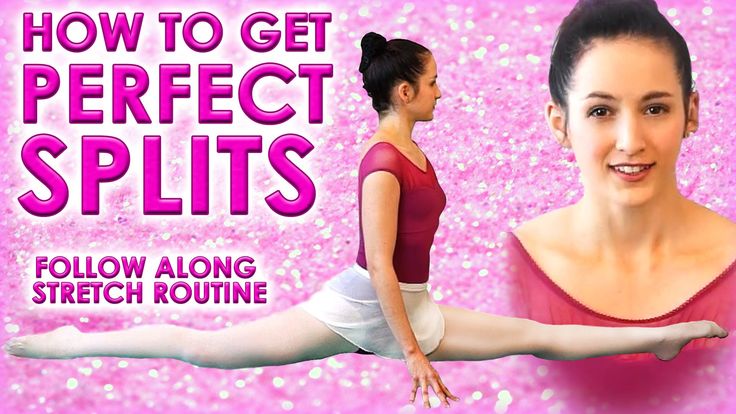 Then lift your torso as in the cobra pose. Remaining in this position, bend your knees and at the same time bend your back, pulling your head back. Stretch your toes to the back of your head, arching your back as much as possible.
Then lift your torso as in the cobra pose. Remaining in this position, bend your knees and at the same time bend your back, pulling your head back. Stretch your toes to the back of your head, arching your back as much as possible.
How to simplify : Bend your knees while continuing to pull your toes, but look straight ahead without tilting your head back.
4. Camel Pose
What are the benefits of : Develops the flexibility of the spine, eliminates clamps in the thoracic region, promotes a beautiful posture.
How to do : Get on your knees, making a right angle between your shins and your thighs. Bend back without throwing your head back and grab your ankles with your hands. Stretch your pectoral muscles as you arch back, pulling your shoulder blades together, but avoid discomfort in your lower back.
How to simplify : During the backbend, keep your hands on the lower back, not lowering them to the ankles, but trying to bring the elbows inward.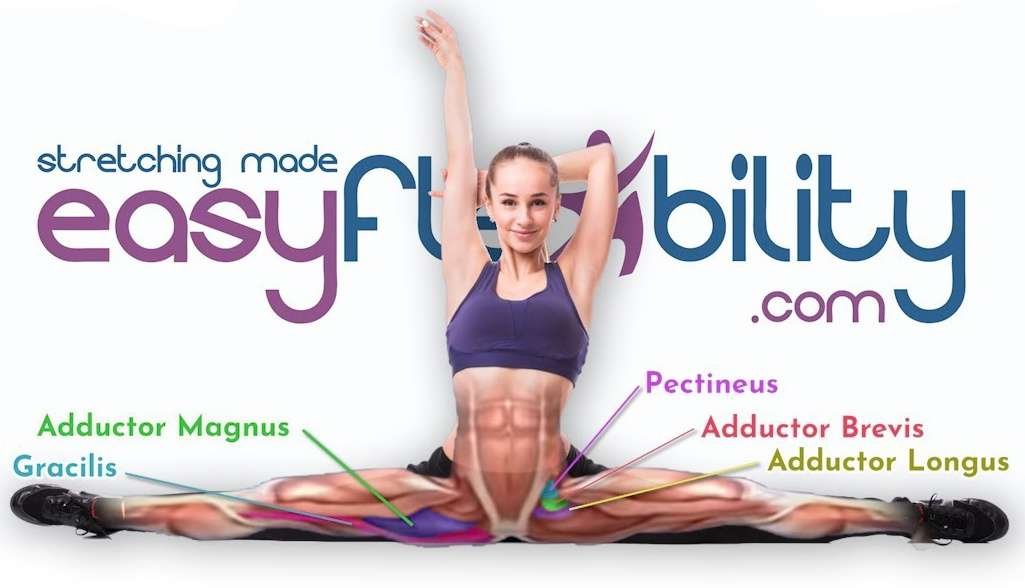
5. Superman Pose
Benefits of : Strengthens the arms, core and back, makes the spine more flexible, improves the sense of balance. Heals the spine.
How to do : Lie on your stomach and hold your hands as comfortably as you can. The legs and pelvis are pressed to the floor. Then extend straight arms forward, lifting the body. Feel how the back muscles work, the spine stretches and the buttocks tighten. Do not tilt your head back, look straight ahead, concentrating on muscle work and breathing.
How to simplify : Perform the exercise by extending each arm alternately while resting the other on the forearm.
6. Bow Pose
What are the benefits of : Strengthens the muscles of the arms, back and buttocks, helps develop back flexibility, trains balance. Super effective back flexibility exercise.
How to do : Lie on your stomach, resting on your hands or forearms.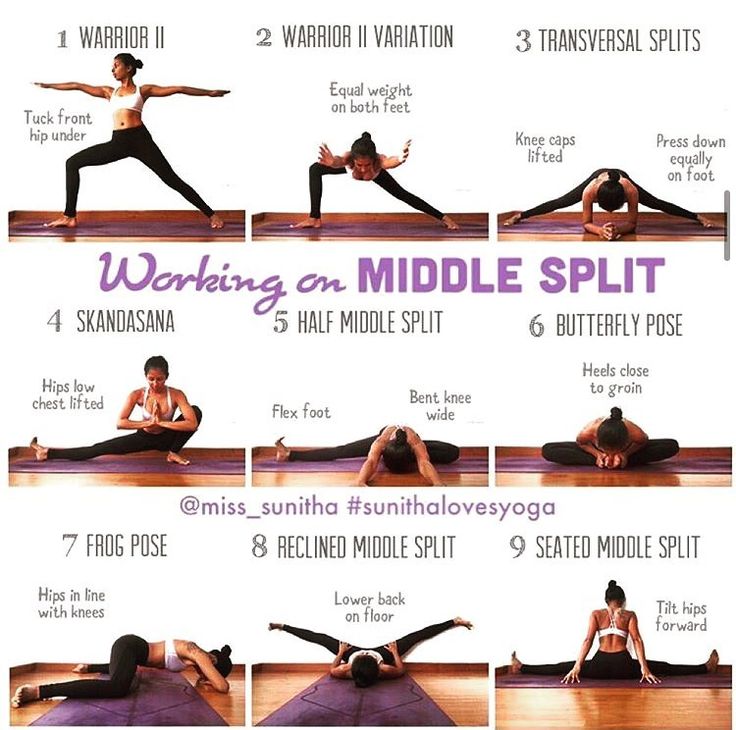 Put your hands behind your back and bend your knees at the same time. The heels should be pointing up. Grasp your ankles with your hands and bend as much as possible in your back without throwing your head back. Stretch your toes towards the back of your head, resulting in a pose that looks like a stretched bow.
Put your hands behind your back and bend your knees at the same time. The heels should be pointing up. Grasp your ankles with your hands and bend as much as possible in your back without throwing your head back. Stretch your toes towards the back of your head, resulting in a pose that looks like a stretched bow.
Simplify : Use a towel or fitness band to grip your ankles. You can also do the pose without lifting your hips too high, which will be easier for beginners to master.
7. Bridge Pose
What are the benefits of : Stretches the spine, developing back flexibility, relieves pain, relaxes the shoulders, corrects stoop, calms the mind.
How to do : Lie on your back and place your palms on either side of your head, turning them inward. As a result, the palms should be directed towards the feet, and the elbows raised up. Bend your legs and lift your pelvis up while straightening your arms.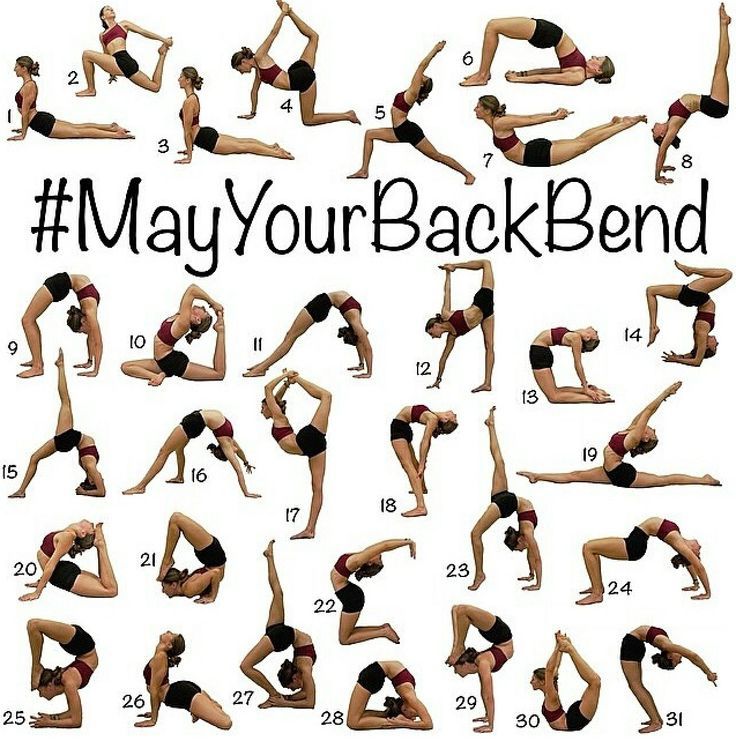 Try to straighten your arms at the elbows so that the deflection in the back resembles a real semicircular bridge. Keep a small distance between your palms and feet.
Try to straighten your arms at the elbows so that the deflection in the back resembles a real semicircular bridge. Keep a small distance between your palms and feet.
How to simplify : A simplified version of the bridge pose is any variation of the half bridge that is easy for beginners to do. See also: How to stand on the bridge step by step.
8. Fish Pose
Benefits of : Improves lower back flexibility, relaxes pelvic floor muscles, develops hip flexibility.
How to do : Lie on your back and bend your knees with your shins on either side of your body. Then lift the body up, while the back of the head and buttocks should touch the floor. Hands lie freely along the body. You can also do the fish pose from the prone hero pose. Sit on your knees, shins on either side of your thighs. Then lean back, lowering the pelvis and the back of the head to the floor.
How to simplify : Simplified version of the fish is done with straight legs.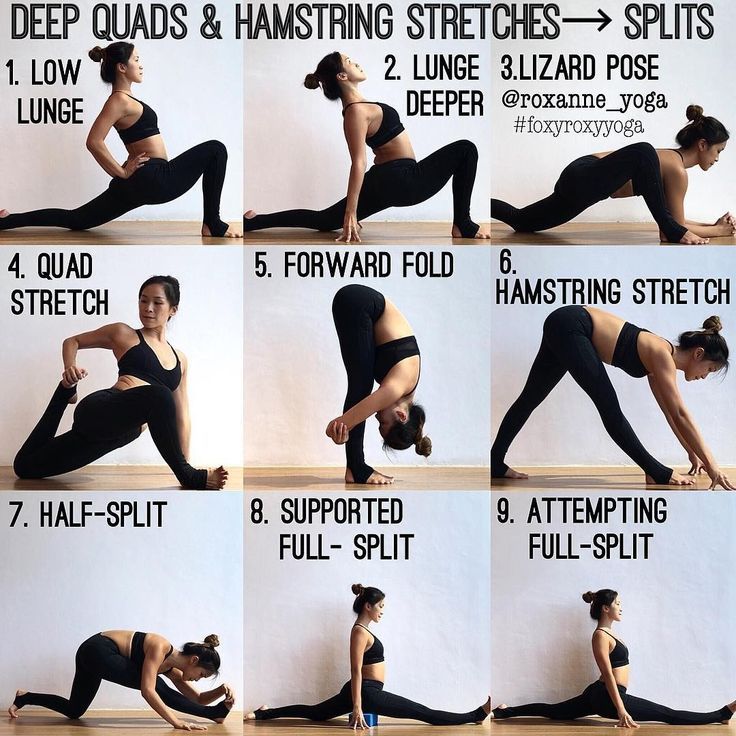 To do this, lie on your back and lift the body up, arching your back. If this option is easy to do, then try bending one leg at the knee and pulling it towards you.
To do this, lie on your back and lift the body up, arching your back. If this option is easy to do, then try bending one leg at the knee and pulling it towards you.
9. Table Twist
Benefits of : Stretches the upper shoulder girdle, chest and back muscles. The flexibility of the spine will improve, the clamps will go away, the exercise will also help with stoop.
How to: Lie on your stomach with your legs together and your arms straight out to your sides. Leave the shoulder girdle in this position, turn the rest of the body on the right side, leaving the bent left leg behind the right. Complete this transition by placing your left hand on the palm in front of your face.
How to simplify : Do not roll over completely on your side, stop half a turn.
10. Downward dog twist
What is the use of : Stretches the shoulders and back, strengthens the arms, relaxes the lower back.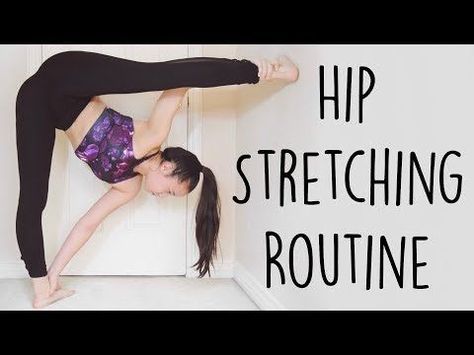
How to do : Stand in plank position then lift your pelvis up into downward dog pose. Grasp the ankle of the opposite leg with one hand, keeping your back straight. After a few breaths, switch sides.
How to simplify : Bend your knees, stand on your toes, or spread your legs wider while performing the pose. You can also reach out with your hand not to the opposite leg, but to the nearest one, in this position it is easier to twist.
Child's Pose
What are the benefits of : Relaxes the back, especially the lumbar region, increases the mobility of the spine, calms the mind and body. This exercise does not directly affect the flexibility in the back, but it helps to relax after backbends and difficult poses. Perform Child Pose every 5 minutes during your back flexibility workout.
How to do : Get on all fours and lower your pelvis on your heels, extending your arms in front of you.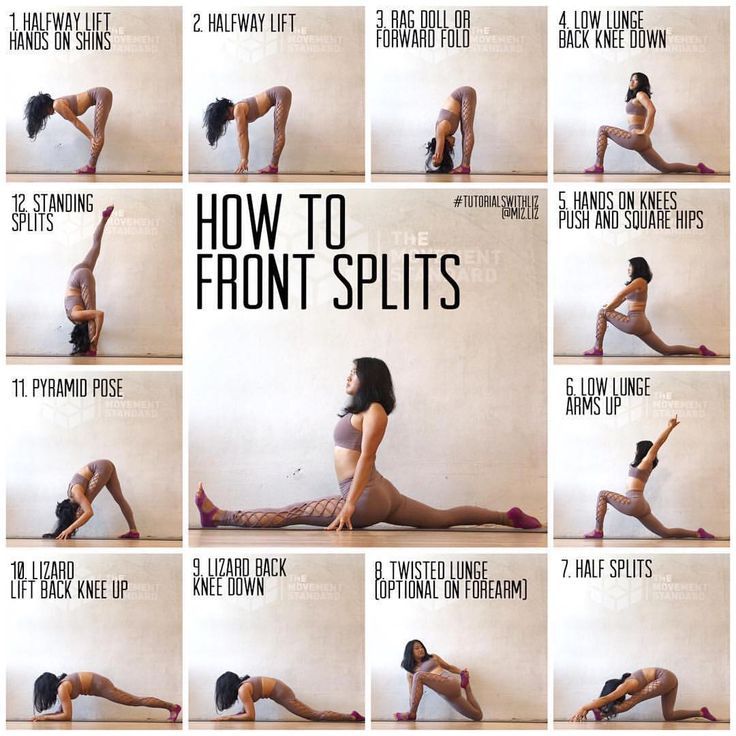 The head touches the floor, the back is straight, you can bend a little so that the effect of stretching is more pronounced.
The head touches the floor, the back is straight, you can bend a little so that the effect of stretching is more pronounced.
How to simplify : Place your hands on both sides of the body without stretching them forward. The head can be turned to relax the neck. This position relieves tension from the spine as much as possible and gently stretches it.
Stretch Selections:
- 50 Longitudinal and Cross Split Stretches
- 30 Universal Full Body Stretches
- 40 Full Body Stretches for Men or Beginners0178
types of flexibility and basic stretching exercises
Contents
A flexible body, elastic muscles and mobile joints are the key to beauty and health at any age. Flexibility is not only innate, but also an acquired quality. Without a doubt, every dancer should have it.
What is flexibility
Flexibility is the ability of the body, namely muscles, ligaments and joints, to give maximum amplitude in various movements and physical exercises.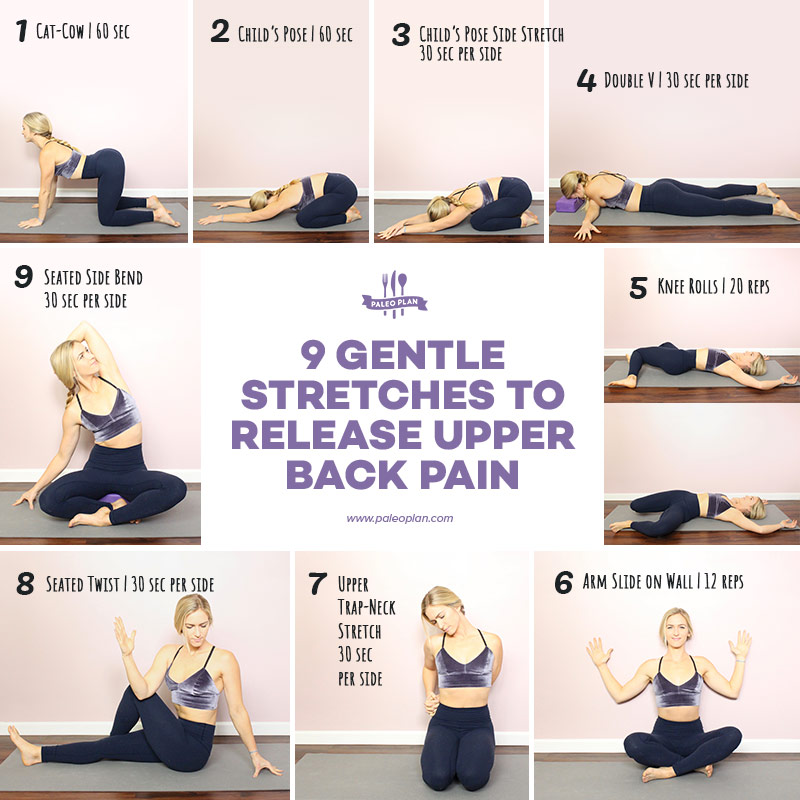
The flexibility of the body depends on genetics, structural features of the joints, elasticity of the tendons. This indicator is also related:
- with age. Children and adolescents tend to be more flexible than adults;
- with floor. Women are naturally more flexible than men;
- with the level of physical fitness and fitness.
Types of flexibility, as it happens
There are several varieties:
- Dynamic flexibility is the maximum possible range of motion in the joint in the absence of any outside help. For example, standing against a wall, the athlete raises the leg to the highest possible level and holds it for several seconds. Also, the dynamic view is fixed when performing exercises, for example, with swings;
- Passive (static) flexibility always exceeds active dynamic. It is achieved with an external impact on the joint. For example, the athlete or his partner holds the raised leg with the hand in maximum amplitude;
- Special refers to the mobility of specific joints.
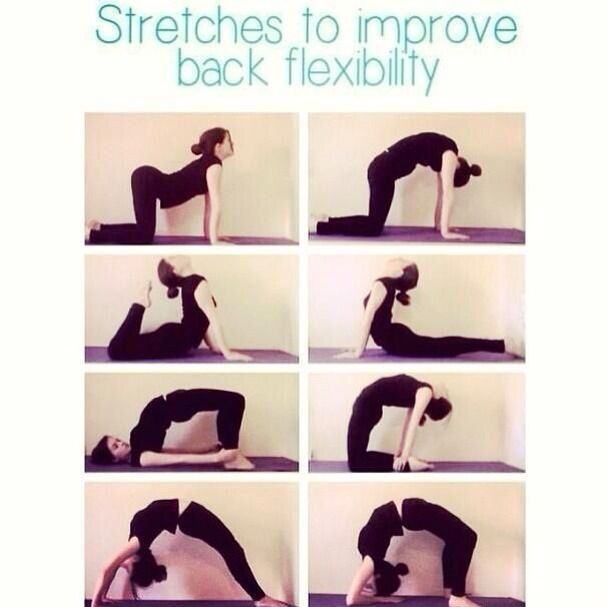 Different sports and dances require different levels of joint mobility;
Different sports and dances require different levels of joint mobility; - Anatomical. Habitual daily movements in terms of joint mobility are very limited. Use of the reserve of pledged flexibility up to 95% occurs only during special classes;
- Excessive flexibility is dangerous, as joint stability is lost and maximum stretching of muscles and ligaments is achieved. This is fraught with injuries (dislocation, rupture, sprain).
Sign up for a trial lesson
Why flexibility is important for dancers
Good flexibility is the key to beautiful amplitude movements and speed of changing positions
A flexible body is more responsive, flexible and enduring. Good amplitude in the work of all joints gives excellent coordination between all parts of the body.
These motor indicators are extremely important in dance. Movable joints and stretch-responsive muscles make the body supple, able to quickly perform complex movements and ligaments.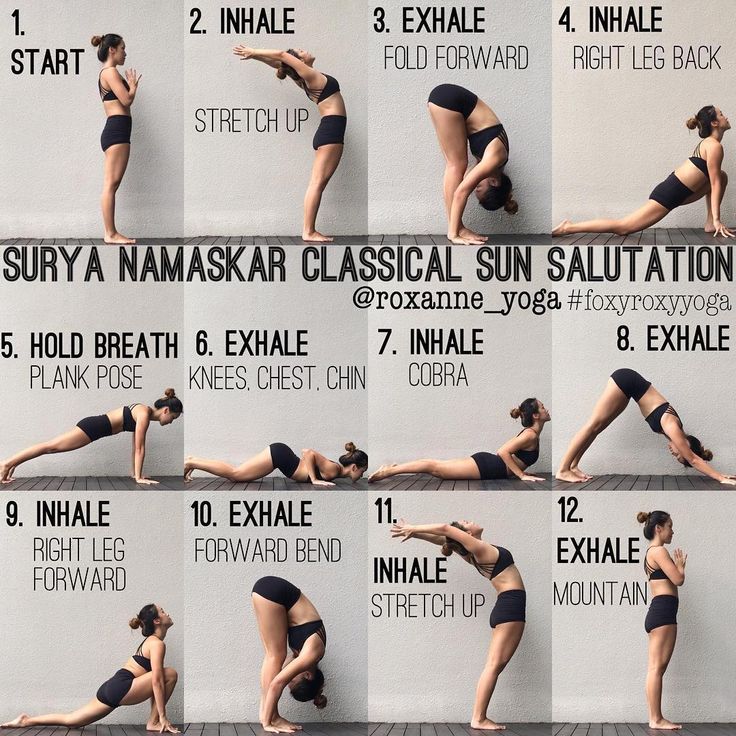
Flexibility can be improved by regular stretching.
What exercises help to develop flexibility
Stretching (from the English "stretching") always begins with a quality warm-up of the whole body. Pulling muscles and ligaments is possible only in a heated state. To do this, it is enough to perform a warm-up of 2-3 dynamic exercises, involving all the main joints.
Flexibility exercises:
- Neck . Grab your head with your right hand and press your ear against your right shoulder, stretching the left side of your neck. Lock the position for 30 seconds. Repeat with your left hand.
- Spine, thoracic . Starting position on all fours. Bend your back down and lift your head up, remaining in the position for 10-15 seconds. Arch your back up, lowering your head down. Hold the position for another 15 seconds. Repeat several times at a slow pace.
- Spine, back of thighs .
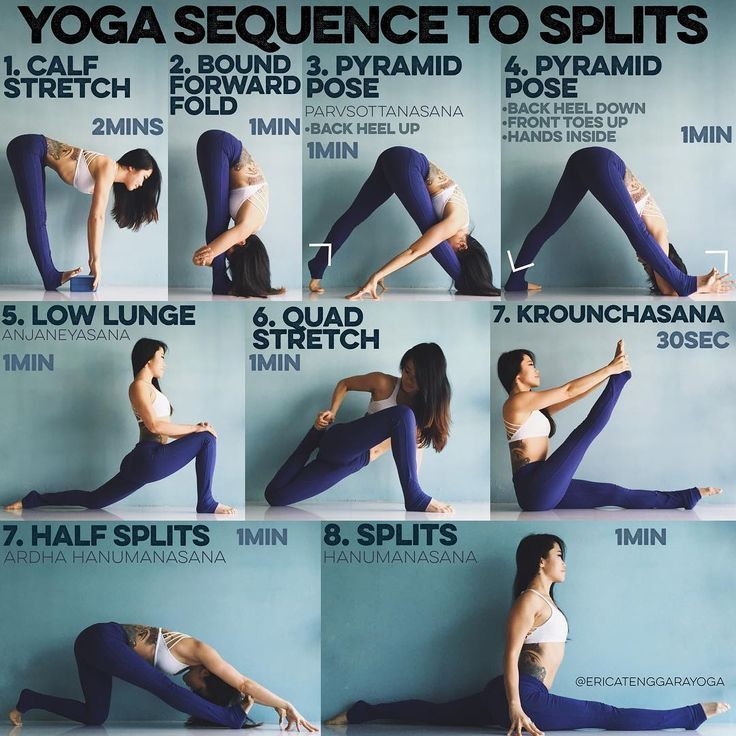 An exercise from the arsenal of yoga "Downward Dog". Place your feet and hands on the floor shoulder-width apart and bring them closer until you reach the body in an inverted V. The foot is completely on the floor, legs are straight. For greater effect in position, you can sway slightly, creating a arch in the back.
An exercise from the arsenal of yoga "Downward Dog". Place your feet and hands on the floor shoulder-width apart and bring them closer until you reach the body in an inverted V. The foot is completely on the floor, legs are straight. For greater effect in position, you can sway slightly, creating a arch in the back. - Spine, core muscles . Lying on your stomach, bend your knees, bring your feet to your buttocks. Wrap your arms around your feet and pull your legs back and up. The thoracic spine takes the maximum deflection. The position is fixed for 20-30 seconds.
- Hip Extension . Lunge forward with your right foot and shift your weight onto it. Tilt your body forward and lean on your elbows. Maintain the position for up to 30 seconds. Repeat with the other leg.
- Lateral Thigh Extension . Sitting on the floor, spread your legs as wide as possible.
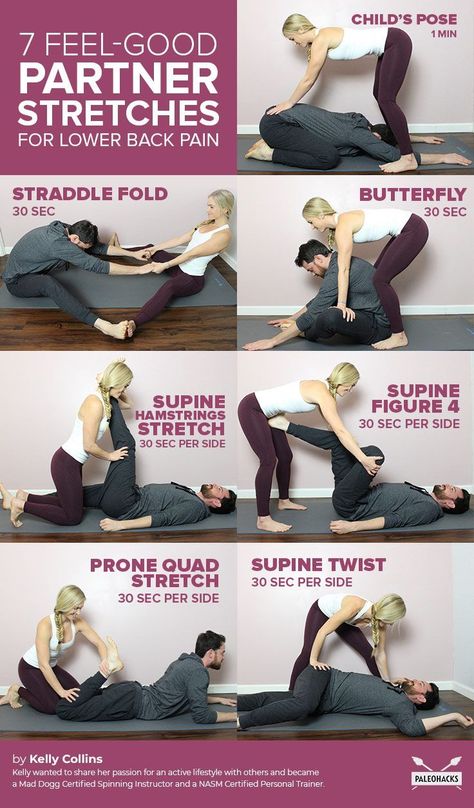 Place your body and arms on the floor as far as possible. Stay in position for up to 30 seconds.
Place your body and arms on the floor as far as possible. Stay in position for up to 30 seconds.
Tips from experienced choreographers for stretching
Flexibility exercises are performed at a calm pace, the muscles are stretched until a slight tolerable pain appears. In each position, you should stay up to 20-30 seconds, holding the maximum amplitude of the stretch.
For general flexibility development, it is enough to stretch 1-2 sessions per week as a small addition to the main workout. The presented set of flexibility exercises is one of the possible options for this form of training.
If increasing the flexibility of the body is the main task, then it is worth doing stretching in the format of a full-fledged lesson. We recommend starting stretching under the guidance of an experienced instructor.
Benefits of working with a coach:
- safety : no risk of injury;
- effectiveness : the coach selects the exercises based on the physical data of the student;
- speed : a professional instructor uses techniques to achieve maximum results in the shortest possible time.
